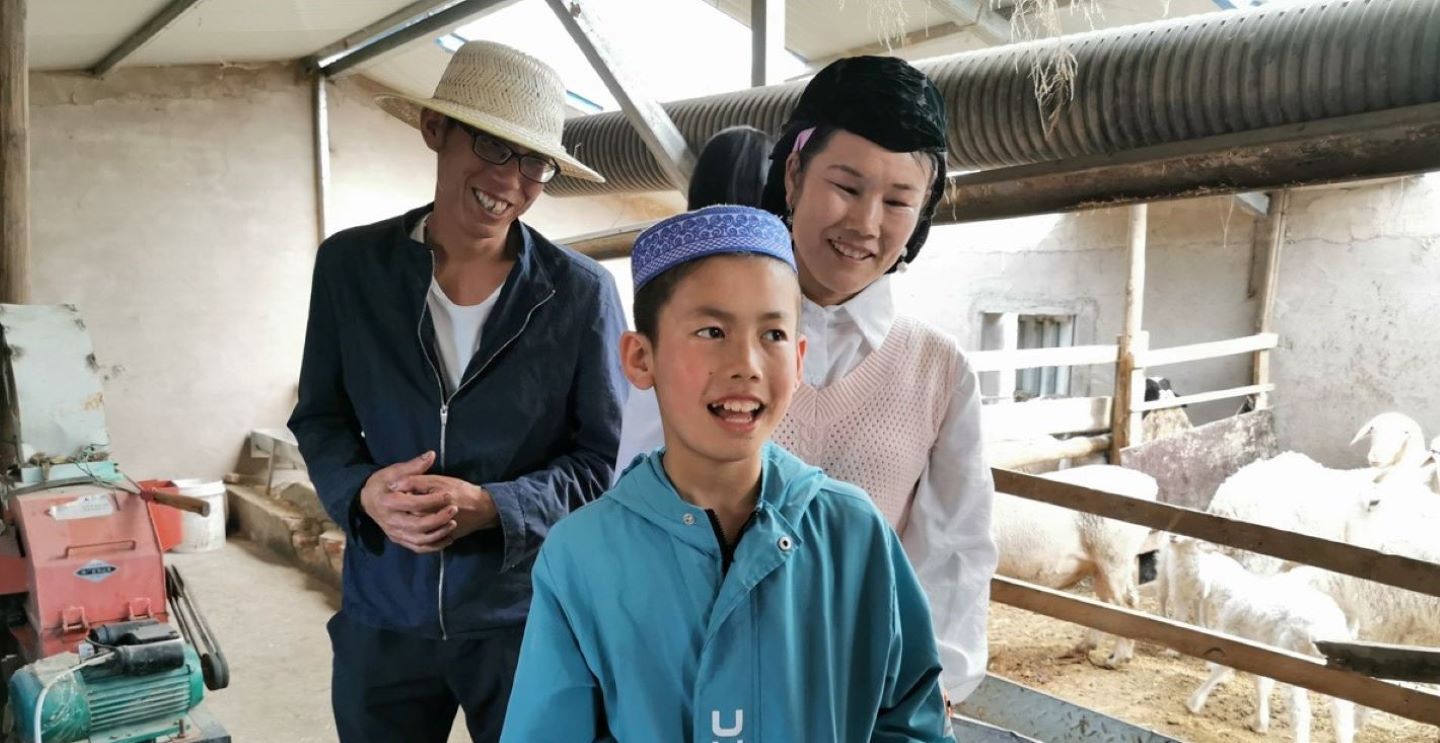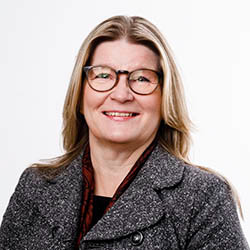A new chapter in IFAD’s work with persons with disabilities
IFAD Asset Request Portlet
Asset Publisher
A new chapter in IFAD’s work with persons with disabilities
Estimated reading time: 2 minutes
One in six people have a disability—80 per cent of whom live in developing countries. Persons with disabilities are often left behind, marginalized, and face multiple barriers in economic, educational and social spheres. We simply cannot reduce poverty or achieve effective development without including them and supporting their specific needs. IFAD’s Disability Inclusion Strategy is an important step towards doing this.
The strategy acknowledges the crucial role that persons with disabilities play in their communities. It aims to improve disability inclusion, promote the rights of persons with disabilities throughout IFAD's work, and establish IFAD as an organization that promotes diversity and inclusiveness.
But a strategy can only succeed if it is championed by a team of people who truly believe in it. As IFAD’s Disability Inclusion Champion, I will amplify the voice and potential of people with disabilities by raising awareness of their inclusion in IFAD's work, and through online platforms and public appearances. I hope to change perceptions and inspire action both within IFAD and globally.
In my work, I’ve come across countless powerful people with disabilities who have overcome enormous obstacles and discrimination. I’ve seen how, with the right support and opportunities, they can make a real difference to their communities.
In Sierra Leone, for example, Abu Koroma’s reduced mobility couldn’t stop him from learning how to farm and sell his produce in order to provide for his family of six. Bimala Chaulagain, a young woman with spinal scoliosis who lives high in the Himalayas in western Nepal, beat the odds and set up a polytunnel system to grow vegetables and provide for herself.
Currently, a quarter of IFAD country strategies include persons with disabilities as a specific target group. It’s a start, but there is a lot of work yet to be done and we are committed to increasing this number.
Going forward, I hope to replicate what we’re doing in Kenya the world over. Here, all ongoing projects target persons with disabilities so they no longer have to surmount barriers to accessing water or financial services and are decision-makers within their communities.
In Burkina Faso, India, Malawi and Mozambique we’re working with Light for the World—an organisation that improves health systems, enables education and amplifies the voices of people with disabilities—to pilot several inclusive innovations, including disability inclusion facilitators and co-creation workshops, both of which aim to create a more inclusive and participatory environment for persons with disabilities.
For persons with disabilities in rural areas—who face even greater challenges and where development projects often exclude them altogether—change cannot come quick enough. With this in mind, I am determined to champion IFAD’s efforts as they become even more inclusive and we begin implementing our new strategy in the everyday lives of men and women all over the world.
Publication date: 06 March 2023